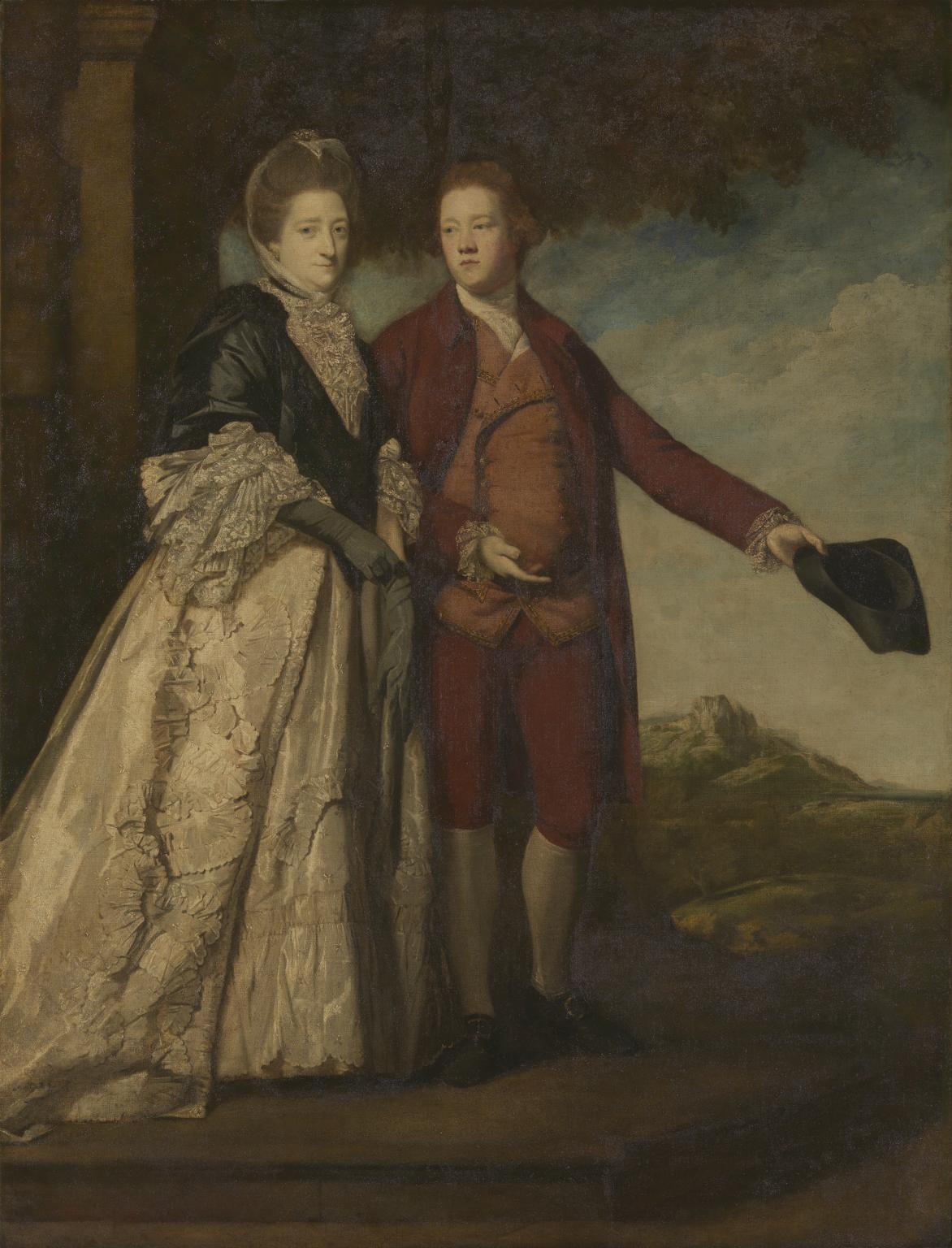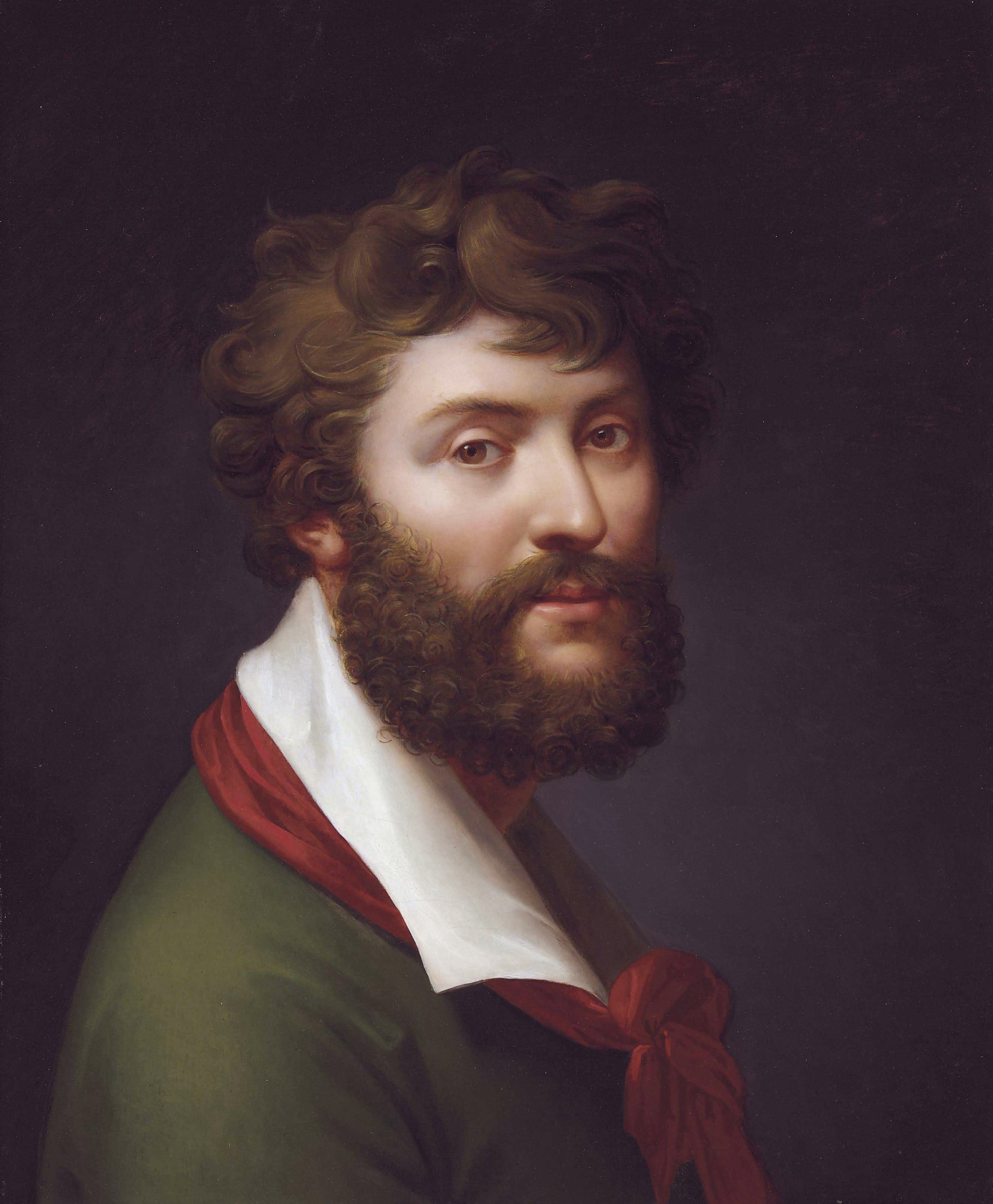|
1820 In Art
Events in the year 1820 in Art. Events *April 8 - The ''Venus de Milo'' is discovered on the island of Melos (Greek: ''Milos''). *Publication of William Blake's prophetic books, William Blake's prophetic book ''Jerusalem The Emanation of the Giant Albion, Jerusalem: The Emanation of the Giant Albion'' (colored engravings) is completed in London (commenced 1804). Works *William Blake – ''The Ghost of a Flea'' *Augustus Wall Callcott – ''A Dead Calm on the Medway'' *Antonio Canova – ''George Washington (Canova), George Washington'' (installed in the North Carolina State House in 1821 – destroyed by fire-induced structural collapse in 1831) *John Constable – ''Harwich Lighthouse'' *Johan Christian Dahl – View from a Window at Quisisana' *William Etty **'':File:Etty Female Nude 1820.jpg, Female Nude in a Landscape'' *Francisco Goya – '':File:Self-portrait with Dr Arrieta by Francisco de Goya.jpg, Self-portrait with Dr Arrieta'' *Francesco Hayez - ''Pietro Rossi (pai ... [...More Info...] [...Related Items...] OR: [Wikipedia] [Google] [Baidu] |
William Etty
William Etty (10 March 1787 – 13 November 1849) was an English artist best known for his history paintings containing nude figures. He was the first significant British painter of nudes and still lifes. Born in York, he left school at the age of 12 to become an apprentice printer in Hull. He completed his apprenticeship seven years later and moved to London, where in 1807 he joined the Royal Academy Schools. There he studied under Thomas Lawrence and trained by copying works by other artists. Etty earned respect at the Royal Academy of Arts for his ability to paint realistic flesh tones, but had little commercial or critical success in his first few years in London. Etty's '' Cleopatra's Arrival in Cilicia'', painted in 1821, featured numerous nudes and was exhibited to great acclaim. Its success prompted several further depictions of historical scenes with nudes. All but one of the works he exhibited at the Royal Academy in the 1820s contained at least one nude ... [...More Info...] [...Related Items...] OR: [Wikipedia] [Google] [Baidu] |
Jean-Baptiste Regnault
Jean-Baptiste Regnault (9 October 1754 – 12 November 1829) was a French painter. Biography Regnault was born in Paris, and began life at sea in a merchant vessel. At the age of fifteen his talent attracted attention, and he was sent to Italy by M. de Monval under the care of Bardin. After his return to Paris in 1776, Regnault won the Grand Prix for his painting ''Alexandre and Diogène'', and in 1783 he was elected to the French Académie des Beaux-Arts. His diploma picture, ''The'' ''Education of Achilles by Chiron the Centaur'', is now in the Louvre, as also are his ''Trois Grâces, Le Déluge, Descente de croix (Christ taken down from the Cross,'' originally executed for the royal chapel at Fontainebleau) and ''Socrate arrachant Alcibiade du sein de la Volupté.'' His ''L'origine de la peinture'' and ''L'origine de la sculpture, ou Pygmalion amoureux de sa statue'' are now at the Palace of Versailles. Besides various small pictures and allegorical subjects, Regna ... [...More Info...] [...Related Items...] OR: [Wikipedia] [Google] [Baidu] |
Bombardment Of Algiers (painting)
''Bombardment of Algiers'' is one of a number of oil-on-canvas paintings by British artist Thomas Luny depicting the heavy bombardment of the harbour of Algiers by a fleet of Anglo-Dutch ships under the command of Admiral Lord Exmouth, and the ensuing destruction. The exact date of the paintings creation is not known, but it is signed and dated to 1820 by Luny, four years after the events depicted. Background The painting is a portrayal of the Bombardment of Algiers, which took place on 27 August 1816. This campaign was an attempt by the British to end the slavery conducted by the Dey of Algiers, specifically to free the hundreds of Christians that had been enslaved by the Dey. It was the result of the Dey's rejection of previous non-combative negotiations to free these slaves. The two forces stated in their earlier negotiations that they would not fire the first shot. However, despite the Algerian's plan to board Exmouth's ships in secrecy using small ships, an Algerian shi ... [...More Info...] [...Related Items...] OR: [Wikipedia] [Google] [Baidu] |
Thomas Luny
Thomas Luny (1759–1837), born in Cornwall, probably at St Ewe, was an English artist and painter, mostly of seascapes and other marine-based works. At the age of eleven, Luny left Cornwall to live in London. There he became the apprentice of Francis Holman, a marine painter who would have a great and long lasting artistic influence on Luny: Luny remained until 1780 in Holman's London studio, which, was first situated in Broad Street, St. George's, and later relocated to Old Gravel Lane. In September 1777, Luny left Holman's studio for a while, to journey to France. During this particular expedition, Luny almost certainly strayed from France itself; his first exhibited picture in London, seen at the Society of Artists that same year, was given the title ''A distant view of the island of Madeira and Porto Santo'', suggesting that an engraving had inspired his choice of subject. Similarly, it is unlikely that Luny was on hand for the Battle of the Nile, 1798, and the bombardme ... [...More Info...] [...Related Items...] OR: [Wikipedia] [Google] [Baidu] |
Portrait Of Lord Liverpool
''Portrait of Lord Liverpool'' is a work by the English artist Thomas Lawrence depicting the British politician and Prime Minister Lord Liverpool. Liverpool had become Prime Minister in 1812 while Lawrence was Britain's leading society portraitist who painted the politician on a number of occasions including the 1796 portrait of Liverpool. It was commissioned by George IV, then Prince Regent, for a sum of £300 guineas and was included in the inventory of Carlton House in 1819, although it remained in the artists' studio at his death in 1830. He is shown wearing the Order of the Garter on an otherwise dark, plain coat. It was transferred to the Waterloo Chamber at Windsor Castle afterwards, which had been under construction by Jeffry Wyatville. Over a number of years George commissioned Lawrence to paint leading European figures involved in the defeat of Napoleon's French Empire in 1814–1815. Among the twenty eight paintings Liverpool and his colleague Lord Castlereagh, the F ... [...More Info...] [...Related Items...] OR: [Wikipedia] [Google] [Baidu] |
Thomas Lawrence
Sir Thomas Lawrence (13 April 1769 – 7 January 1830) was an English portrait painter and the fourth president of the Royal Academy. A child prodigy, he was born in Bristol and began drawing in Devizes, where his father was an innkeeper at the Bear Hotel in the Market Square. At age ten, having moved to Bath, he was supporting his family with his pastel portraits. At 18 he went to London and soon established his reputation as a portrait painter in oil paint, oils, receiving his first royal commission, a portrait of Charlotte of Mecklenburg-Strelitz, Queen Charlotte, in 1790. He stayed at the top of his profession until his death, aged 60, in 1830. Self-taught, he was a brilliant draughtsman and known for his gift of capturing a likeness, as well as his virtuoso handling of paint. He became an associate of the Royal Academy in 1791, a full member in 1794, and president in 1820. In 1810 he acquired the generous patronage of the George IV, Prince Regent, was sent abroad to paint ... [...More Info...] [...Related Items...] OR: [Wikipedia] [Google] [Baidu] |
George Hayter
Sir George Hayter (17 December 1792 – 18 January 1871) was an English painter, specialising in portraits and large works involving in some cases several hundred individual portraits. Queen Victoria appreciated his merits and appointed Hayter her Principal Painter in Ordinary and also awarded him a Knighthood 1841. Early life Hayter was the son of Charles Hayter (1761–1835), a miniature painter and popular drawing-master and teacher of perspective who was appointed Professor of Perspective and Drawing to Princess Charlotte and published a well-known introduction to perspective and other works. Initially tutored by his father, he went to the Royal Academy Schools early in 1808, but in the same year, after a disagreement about his art studies, ran away to sea as a Midshipman in the Royal Navy. His father secured his release, and they came to an agreement that Hayter should assist him while pursuing his own studies.Barbara Coffey Bryant, "Hayter, Sir George (1792–1871)" ... [...More Info...] [...Related Items...] OR: [Wikipedia] [Google] [Baidu] |
Pietro Rossi (painting)
''Pietro Rossi'' is an oil-on-canvas painting created in 1818–1820 by the Italian artist Francesco Hayez, now in the San Fiorano collection in Milan. A copy is in the Pinacoteca di Brera, also in Milan. Both show Pietro Rossi, accepting an invitation from Francesco Dandolo via a messenger to take command of the Venetian resistance to the expansionist Scaligeri. The work links a heroic past event to contemporary events and a Romantic sensitivity, as in historical novels of the same period such as Alessandro Manzoni Alessandro Francesco Tommaso Antonio Manzoni (, , ; 7 March 1785 – 22 May 1873) was an Italian poet, novelist and philosopher. He is famous for the novel '' The Betrothed'' (orig. it, I promessi sposi) (1827), generally ranked among the maste ...'s 1840 '' The Betrothed''. The San Fiorano version was first exhibited at the Brera in 1820 under its full title ''Pietro Rossi, lord of Parma, despoiled of his estates by the Scaligers, lords of Verona, being sent to ... [...More Info...] [...Related Items...] OR: [Wikipedia] [Google] [Baidu] |
Francesco Hayez
Francesco Hayez (; 10 February 1791 – 12 February 1882) was an Italian painter. He is considered one of the leading artists of Romanticism in mid-19th-century Milan, and is renowned for his grand historical paintings, political allegories, and portraits. Biography Francesco Hayez was from a relatively poor family from Venice. His father, Giovanni, was of French origin while his mother, Chiara Torcella, was from Murano. Francesco was the youngest of five sons. He was brought up by his mother's sister, who had married Giovanni Binasco, a well-off shipowner and art collector. Hayez displayed a predisposition for drawing since childhood. His uncle, having noticed his precocious talent, apprenticed him to an art restorer in Venice. Hayez would later become a pupil of the painter Francesco Maggiotto with whom he continued his studies for three years. He was admitted to the painting course of the New Academy of Fine Arts in Venice in 1806, where he studied under Teodoro Matteini. I ... [...More Info...] [...Related Items...] OR: [Wikipedia] [Google] [Baidu] |







